My husband and I were talking about the events of the past few weeks. We’ve spent a lot of time parsing through the different shootings and political or media angles that Americans are struggling to understand.
During our conversation, it struck me that it takes A LOT for people of different races to actually be able to talk about race without getting angry or defensive. It is truly a hard thing to do. In our home, talking about race is complex. My husband is Caucasian and I’m African-American. We married only 25 years after Loving vs. Virginia (1967) legalized interracial marriage in all 50 states.
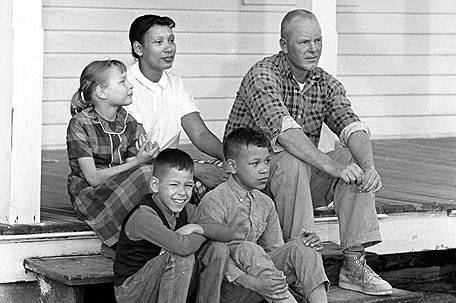
Richard and Mildred Loving and their children. A movie about their court case will release in Fall 2016.
My husband and I come from different backgrounds, experiences, and perspectives. He grew up in a small, rural community and I was raised in a small town. Yet, we have to talk about race because it impacts our lives often. And not all of those conversations are easy. Some have been excruciatingly difficult.
I never set out to marry someone from a different race. I don’t think that my husband did either. Love happens, y’all. When we married, both sides of our families struggled with our union. And not just because of race. Also, because back then we were young, broke and expecting a child.
And one question persisted: “But what about your children?”
When I was in labor with my oldest child in 1992, our family held its collective breath. Not me. I needed to push a kid out. As I pushed, I also wondered whether we were having a boy or a girl. I also wondered if our baby would be light or dark. Which side of the melatonin gene pool would win?
When our child was born, skin-color took a backseat to love. For a short period of time. Our oldest daughter was the first grandchild on one side of the family and the first granddaughter on the other. Everyone fell in love at first sight.
We hoped that love would win out for good. It did for us. But not for everyone.
Raising our oldest opened our eyes to an entirely new experience with race. We still laugh about the time when my husband was out at the library with our oldest daughter. Someone asked him: “So, when did you get her?” It took my husband a few moments to realize that the person assumed that our daughter was adopted because of her latte-colored skin. My husband replied: “From the hospital.”
When our middle daughter was born in 1995, her skin color was lighter than my very fair husband’s skin. It freaked me out. When I placed my hand next to hers, the stark contrast overwhelmed me. A fear settled into my heart: What if no one believes that she’s mine? What if someone tries to take her from me?
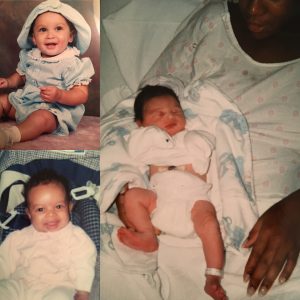
Top left: Our oldest daughter; bottom left: our youngest daughter and our middle daughter is on the right.
If she was lost in a store or sick, I worried that someone in authority would question whether or not I was her mother.
Embedded within that worry was the fear that someone would look at my child’s light skin and decide that based on my skin color that some other mother – a Caucasian mother – was better for my daughter.
Was my fear irrational or not? Well, if I had a dollar for all of the times that I was asked if she was my daughter, I’d own a lot more shoes! In fact, I actually carried a family photo in my wallet until my middle daughter started calling me, “Mommy.”
Our youngest daughter arrived in August 2000 after a difficult pregnancy. She was our miracle baby. We gave thanks that she came out healthy. I also gave thanks because she came out mocha like than me, albeit a shade lighter. I was surprised and relieved. Also, selfish. Finally, I birthed a kid that I didn’t have to worry that someone would question whether I was her mother.
My kids’ skin and hair color created an unwelcomed spectacle. When they were toddlers, I didn’t put them on display, but people felt comfortable making all kinds of comments.
Over the years, I heard all of the comments, “Oh, bi-racial children are just the cutest.” I’d smile and thank them – then move it along before my kids became a sideshow attraction.
At other times I would be asked, “Wow, are all of these yours?” I’m not sure if you’ve ever been questioned about whether or not your child was yours, but it’s an experience that you’ll want to skip. Quick tip: If you aren’t sure about whether or not someone’s child is theirs or not, don’t ask. Unless you see that kid on a “Missing Child” poster, it’s actually none of your business. If curiosity is killing you, try offering, “Tell me about your family.”
Being the mama of three bi-racial girls with three different types of hair textures was a challenge. We owned A LOT of hair product. And none of their hair was exactly like mine. Their dad’s genes showed up and scared me. Talk about a learning curve! I did not realize that Caucasian hair tangled so easily. Those tangles were no joke! I spent too much of my life combing out tangles. I spent my childhood in braids and mom only had to wash my hair a few times a month. With three bi-racial kids and daily hairwashing, there was a lot of crying in my house. Mostly by me. One of my daughters was just a few seconds from getting her hair completely buzzed….
One of the toughest race-related conversations my husband and I had was over what race circle our kids would fill-in on standardized testing. Talk about lots of long conversations! When my oldest daughter began school, kids still had to choose one racial demographic. That was stressful! We didn’t want our girls to deny any part of who they were for any reason.
We considered our nation’s history with race and decided at that time that we never wanted our kids to deny the African-American part of them. So, we made the decision for her to fill-in the African-American circle.Thankfully, a few short years later testing demographics expanded and all three girls could fill-in “bi-racial.” Now that my kids are older, I navigate the positives and consequences of the decisions that we made for them long-ago.
Fast-forward a lifetime. Our oldest two daughters are adults and one is in high school. We’ve navigated all types of experiences in life. Some good. Some bad. Some heartbreaking. Some experiences are still filtering through…
My girls are walking their own journey with race. I’m sure that there are a few stories that they’ll tell us in the years to come. I ask myself: Did we talk about race enough?
I hope so. Probably not. Maybe…
But, I hope that we raised them to feel connected to both sides of their heritage. Did we? I think, but I also wonder if it was enough. As their parents, we did our best to put them in environments where they could make friends of all races. We live in an urban neighborhood and our kids’ private Christian school grew in diversity over the years. In fact, one of our girls had three besties in high school. This group of brilliant young women were called “The United Nations” because of their diversity – and one of the girls actually landed a scholarship because of her friendships with the other girls. I love that story!
It’s the kind of story that gives me hope.
I’m praying that if we can’t figure out how to get ourselves out of this mess, maybe our children will see our mistakes and steer a path far away from our prejudice and racism.
Thanks for stopping by! Join the conversation in the comments. What suprised you about my story? What is your experience? Let’s listen and respect each other in the comments.
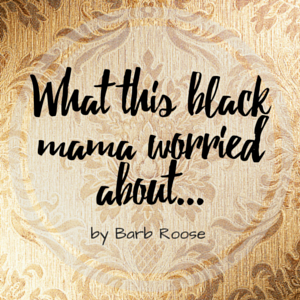

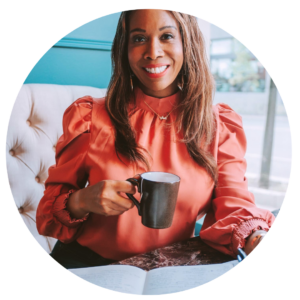
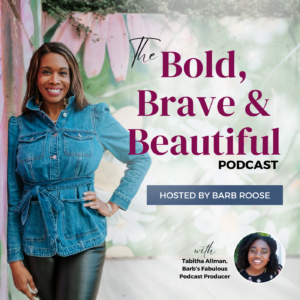
Amazing piece, Barb.
So many things I’d never have to think about.
wait, that didn’t come out right…so many unfair and ridiculously stupid things people say and do that I as a white female in Canada…never have to think about…how hurtful it would be to endure them.